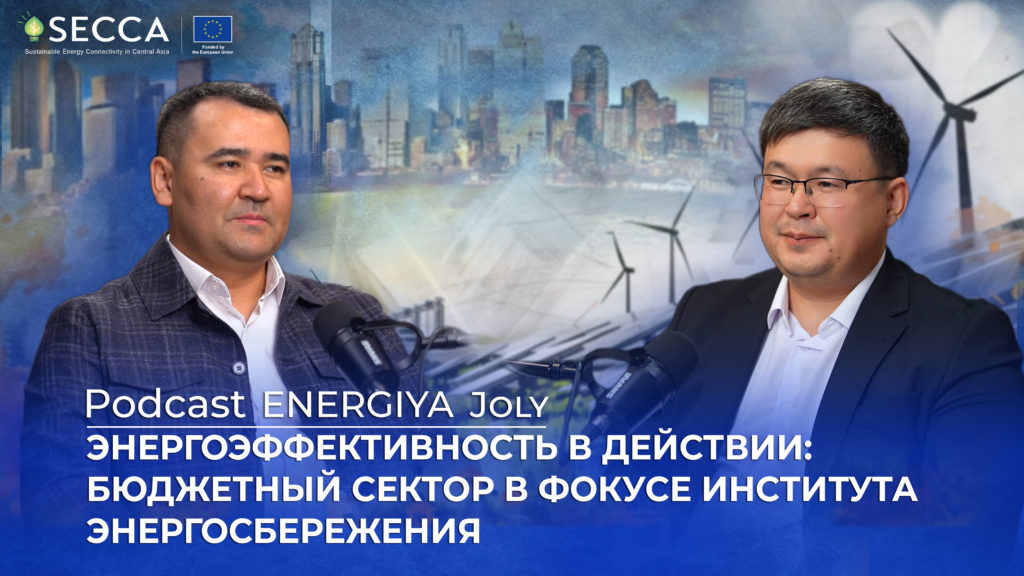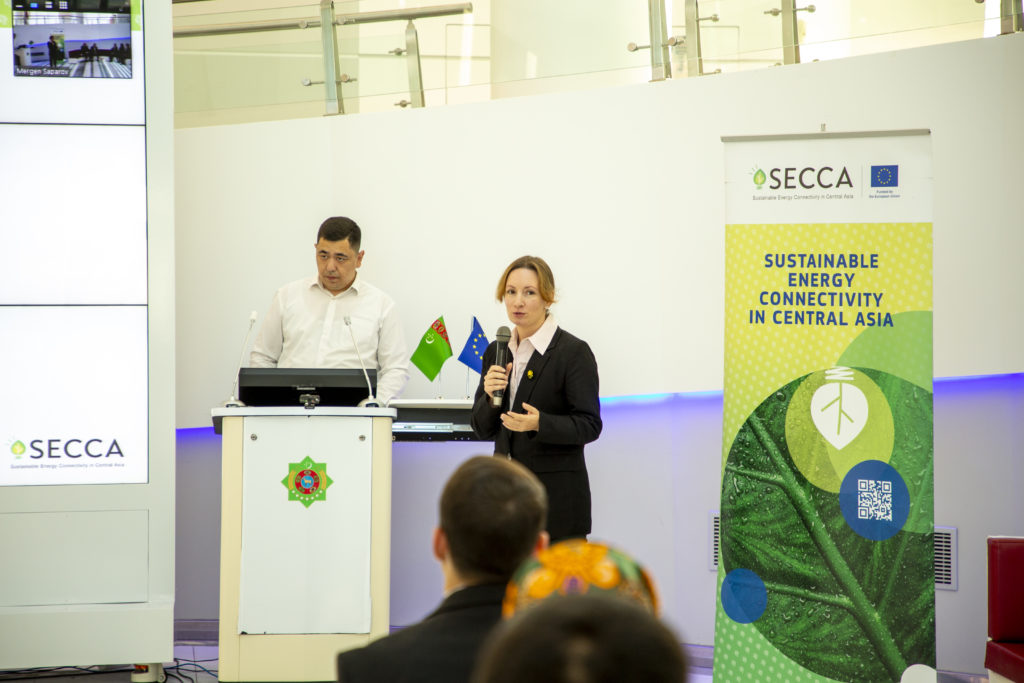Dushanbe, Tajikistan – The Committee of Architecture and Construction under the Government of the Republic of Tajikistan passed the Resolution “On the Use of Solar Power Systems in Buildings and Structures”. In accordance with this Resolution, from 1 April 2024, regardless of the form of ownership and source of financing, when designing and operating buildings and structures, electricity supply from solar electrical systems should be taken into account along with supply from electrical networks. The buildings and structures under construction or reconstruction are to be equipped with solar photovoltaics (PV) and the energy storage solution with the capacity to store energy for at least one day.
Solar energy is renewable energy, which is cheap and clean. Solar PV is the rooftop solar energy technology mounted on the roofs of homes and businesses. It is a method of generating electric power by using solar cells to convert energy from the sun into electricity. The term ‘solar panel’ is often used interchangeably to describe the panels that generate electricity and those that generate hot water. Any excess electricity produced can be stored in a battery, or other storage solution. It can also be exported from the house into the electrical network on the street.
With between 260 and 300 sunny days a year, Tajikistan indeed has a remarkable potential for generation of solar energy, estimated by the Ministry of Energy at 3103 billion kW/hour per year. Passing this new Resolution is a major step towards diversification of energy supply and ensuring energy security.
The Resolution provisions apply to educational, healthcare, cultural institutions, tourist, administrative, public and sport complexes, residential buildings, manufacturing enterprises, shopping and service centres, public catering facilities, entertainment parks, roads and streets.
Through its SECCA project, the EU has been providing technical assistance and capacity building support to the Ministry of Energy and Water Resources of the Republic of Tajikistan to promote the rooftop solar. The project conducts an overview of international experience, makes estimation of the electricity demand, cost, and energy output of rooftop solar for typical buildings, performs a market study and estimation of the economically feasible potential of rooftop solar by location and type of buildings.
Did you know?
Solar is the fastest growing energy source in the EU. The cost of solar power decreased by 82% between 2010-2020, making it the most competitive source of electricity in many parts of the EU.
As part of the European Green Deal and the REPowerEU plan, the European Commission adopted in May 2022 an EU Solar Energy Strategy, which identifies remaining barriers and challenges in the solar energy sector and outlines initiatives to overcome them and accelerate the deployment of solar technologies. The EU Solar Energy Strategy launched 3 initiatives, one of them being European Solar Rooftops Initiative. This initiative aims to accelerate the vast and underutilised potential of rooftops to produce clean energy. In line with this initiative’s proposal, the EU revised its Energy Performance of Buildings Directive. The revised Directive legally binds the EU Member States to deploy solar installations in public and non-residential buildings progressively and all new residential buildings by 2030. Furthermore, all new buildings should be zero-emission by 2030.



